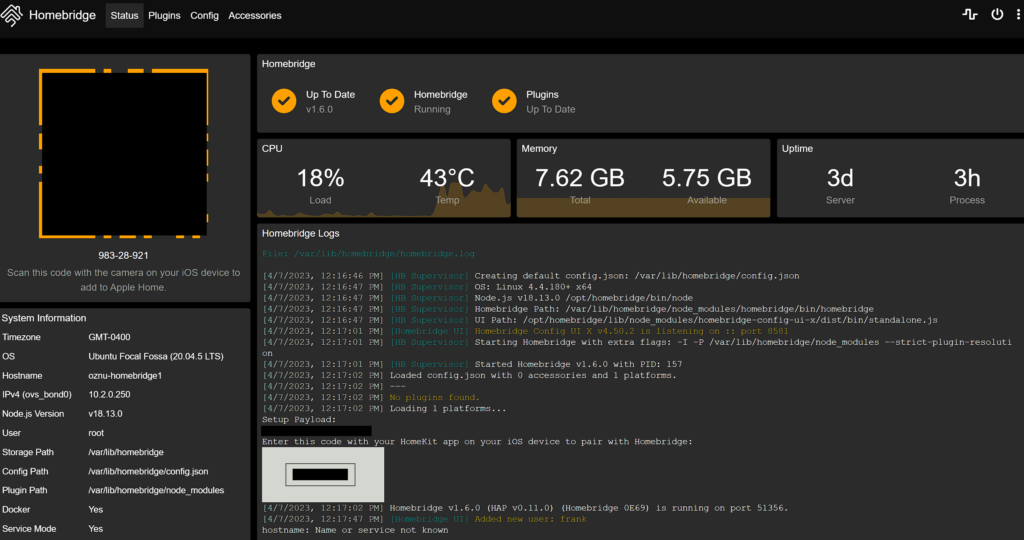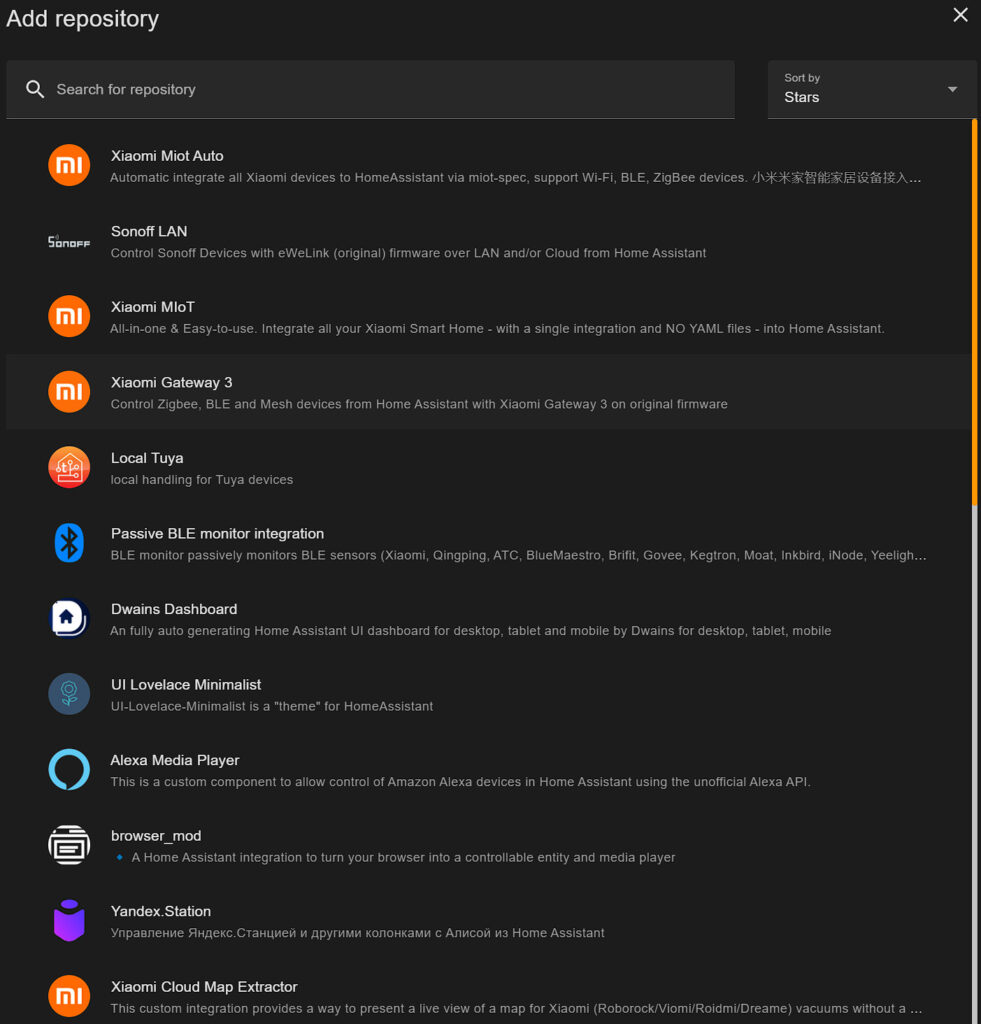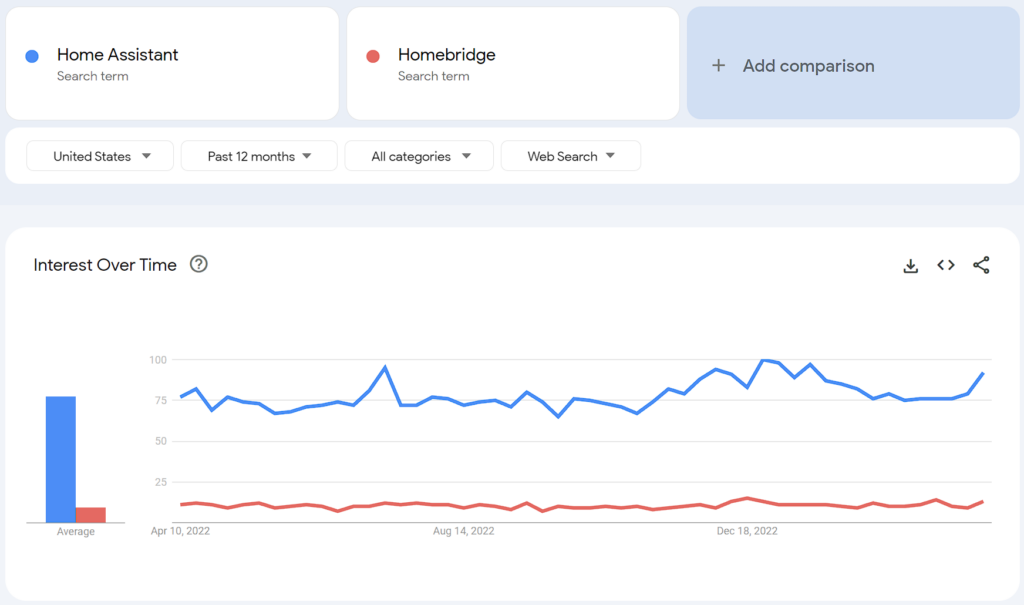In this article, we’re going to look at the differences between Homebridge vs. Home Assistant.
If you’re looking to build a smart home, there’s a chance that you’re interested in designing a system around a specific platform. Apple’s HomeKit and Home Assistant are two extremely popular options, and Homebridge makes HomeKit a lot more powerful.
While both products are popular, some users may find that one option is better than the other based on their requirements. For this reason, we will look at a side-by-side comparison of Homebridge vs. Home Assistant below.
Homebridge vs. Home Assistant
Before we look at some of the differences between Homebridge vs. Home Assistant, we will look at exactly what Homebridge and Home Assistant are.
What is Homebridge?
Homebridge is open-source software that lets users connect smart home devices that aren’t traditionally supported by Apple’s HomeKit to the platform. In summary, it sits in the middle of smart home devices and Apple’s HomeKit and allows device connectivity.
Homebridge is compatible with tons of different smart home devices but must be installed on a standalone device. The easiest way to install Homebridge (in my opinion) is Docker, which makes the overall support of Homebridge very broad.
While Homebridge is a great platform, please keep in mind that Homebridge is designed to interact with Apple’s HomeKit, and unlike Home Assistant, it’s not designed for standalone use.
What is Home Assistant?
Home Assistant is free and open-source software that allows users to add and control various smart home devices. It’s designed to work locally without requiring access to the cloud.
One of the biggest benefits of Home Assistant is the number of integrations that are available. While the setup process is different for each, there’s a pretty good chance that the smart home device that you are using has some sort of integration natively with Home Assistant. If it doesn’t, there’s a good chance that HACS (Home Assistant Community Store) does.
Home Assistant is extremely powerful, and while it’s extremely similar to Homebridge, it’s also extremely different in other areas. We will look at the key differences between Homebridge vs. Home Assistant below.
User Interface & Experience – Homebridge vs. Home Assistant
The user interface and the user experience of Homebridge and Home Assistant are drastically different due to their general purpose. Homebridge is designed to interact with Apple’s HomeKit, so the user interface is really only interacted with for configuration purposes.

Home Assistant provides a modern UI and is an entirely different platform than Homebridge. Home Assistant is designed to act as a smart home automation platform where users can control devices from an individual interface.
Home Assistant is better compared to Apple HomeKit as opposed to Homebridge, but the functionality that Homebridge provides is built into Home Assistant by default. Home Assistant runs on a variety of platforms including Raspberry Pi, Linux (Proxmox), Windows, and MacOS devices.
The screenshot below is an example of a customized Home Assistant dashboard. While the dashboard is extremely functional and modern, it required a decent amount of configuration that isn’t required if you use Apple HomeKit.
However, if you wanted to create a dashboard similar in Apple HomeKit (from a functionality perspective), Homebridge would most likely be a requirement.

This is the true power of Home Assistant, as you can really configure it any way you’d like, which is drastically different than Homebridge/HomeKit.
Another key area where Home Assistant shines is automation. Custom automation can be created inside Home Assistant by customizing triggers, conditions, and actions.

Home Assistant also has great add-ons that allow you to use tools like Node-Red to customize automation even further. Overall, it’s hard to get better than the UI/tools Home Assistant provides from an automation perspective.
Integrations – Homebridge vs. Home Assistant
Homebridge and Home Assistant both support tons of different smart home devices and since they’re both Z-wave and Zigbee compatible, there are thousands of different devices that can be added to both.
Please keep in mind that if you’re using Homebridge to connect to HomeKit, you can configure a Z-wave or Zigbee controller natively in HomeKit as opposed to going through Homebridge. With that said, you will most likely have better Z-wave/Zigbee hub compatibility with Homebridge.
When adding a device to Homebridge, you can search for different plugins to install by accessing the Plugins page.

In Home Assistant, you can add an integration and then search for tons of different types of devices or services.

To take it one step further, if Home Assistant doesn’t natively support your device, installing HACS gives you access to different repositories where you can add different types of devices.

Since Home Assistant is really designed to operate as a dashboard, you must purchase a Z-wave or Zigbee hardware module that works with Home Assistant, which is similar to how Homebridge and Apple HomeKit work.
Pricing – Hubitat vs. Home Assistant
Assuming you have a device to run Home Assistant on, it’s entirely free. Homebridge is designed to work with Apple HomeKit, so you must have a compatible device to run HomeKit on in order for Homebridge to work.
Community Support – Homebridge vs. Home Assistant
Overall, Home Assistant has a much, much bigger community. This is important because it can lead to better support in terms of questions that have already been answered or tutorials that have been created. While Homebridge has a great community, it is much smaller than Home Assistants.

Conclusion: Homebridge vs. Home Assistant
This article looked at Homebridge vs. Home Assistant. Homebridge and Home Assistant are drastically different products. In summary, if you want to implement Homebridge, it’s most likely because you are using Apple HomeKit.
However, Home Assistant is a great alternative to Apple HomeKit, and in my opinion, it’s a lot more powerful than HomeKit. Homebridge makes HomeKit a lot more powerful, but if you want true customization with integration into thousands of devices, go with Home Assistant.
Thanks for checking out the article on Homebridge vs. Home Assistant. If you have any questions on Homebridge vs. Home Assistant, please leave them in the comments!




